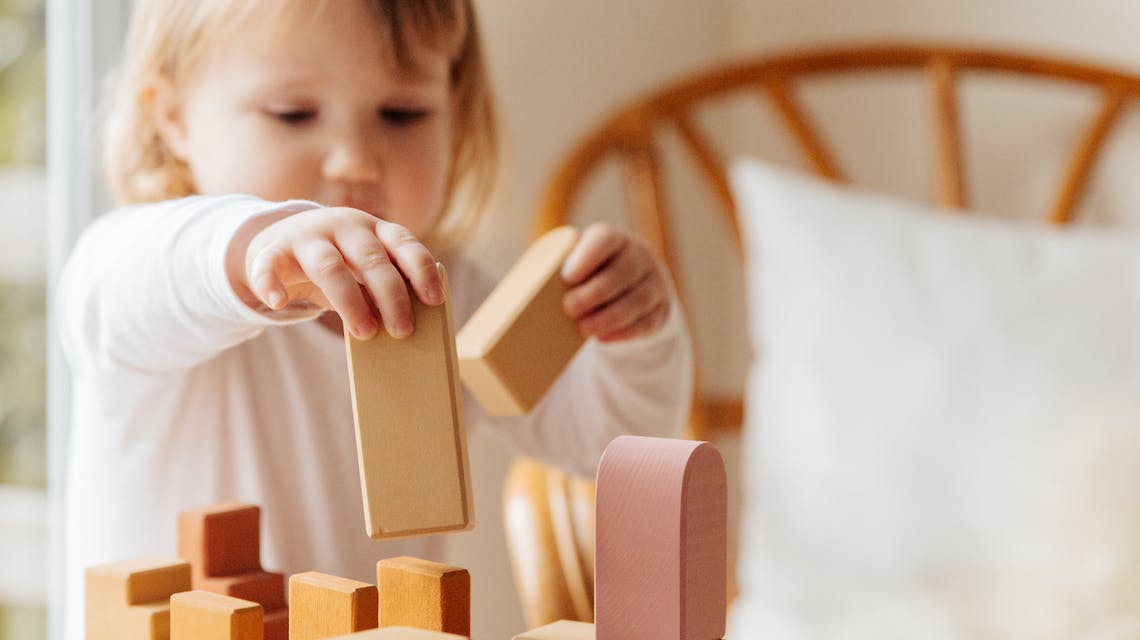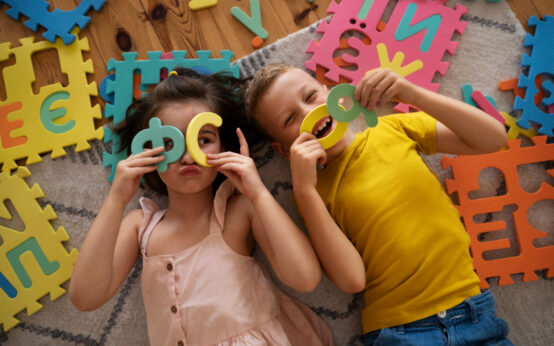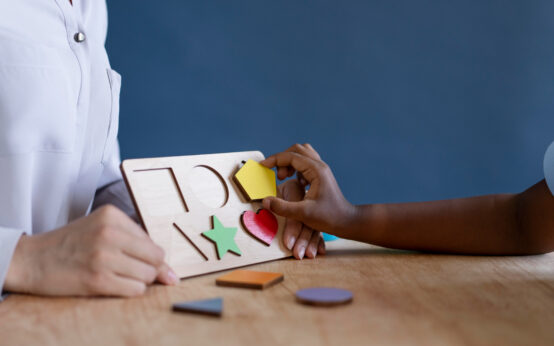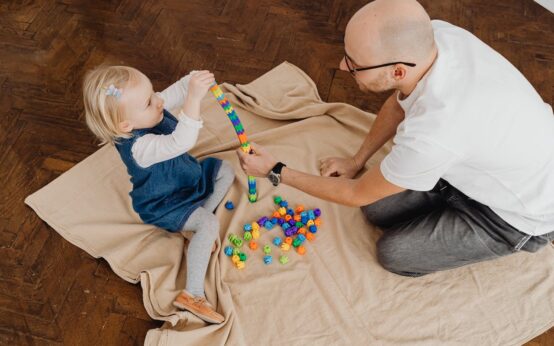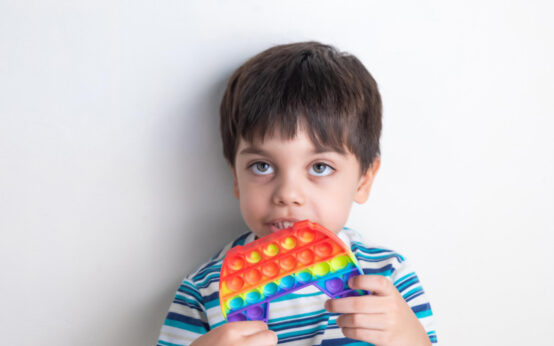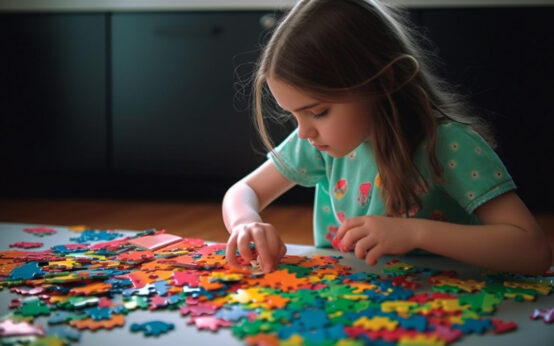Introduction
Explore a compilation of sensory games thoughtfully crafted for children with autism, providing a mix of entertainment and therapeutic advantages. These DIY activities are tailored to meet the distinctive needs of children on the autism spectrum, making them ideal additions to your at-home routine.
Why Sensory Games for Children with Autism?
Sensory games play a crucial role in creating a calming environment for children with autism, fostering focus, relaxation, and skill development. Explore a variety of DIY games that target visual, auditory, and tactile stimulation, specifically crafted for children on the autism spectrum.
Sensory Games for autistic children at Home
Window Painting with Shaving Cream
Transform a simple activity into an entertaining game for your child. Apply shaving cream to a window or glass door and let your child create shapes or write their name using their fingers. This not only enhances handwriting skills but also strengthens motor skills.
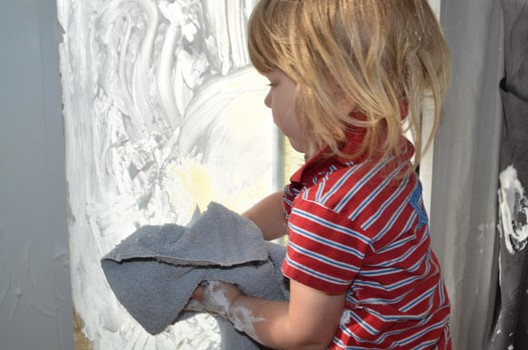
Pouring Station
Gather different-shaped containers, funnels, eye droppers, trays, water, and food coloring for this engaging activity. Fill containers with colored water, and encourage your child to pour liquids between containers using funnels and eye droppers. This exercise aids in fine motor skill development, hand-eye coordination, and concentration, making it particularly beneficial for children with autism.
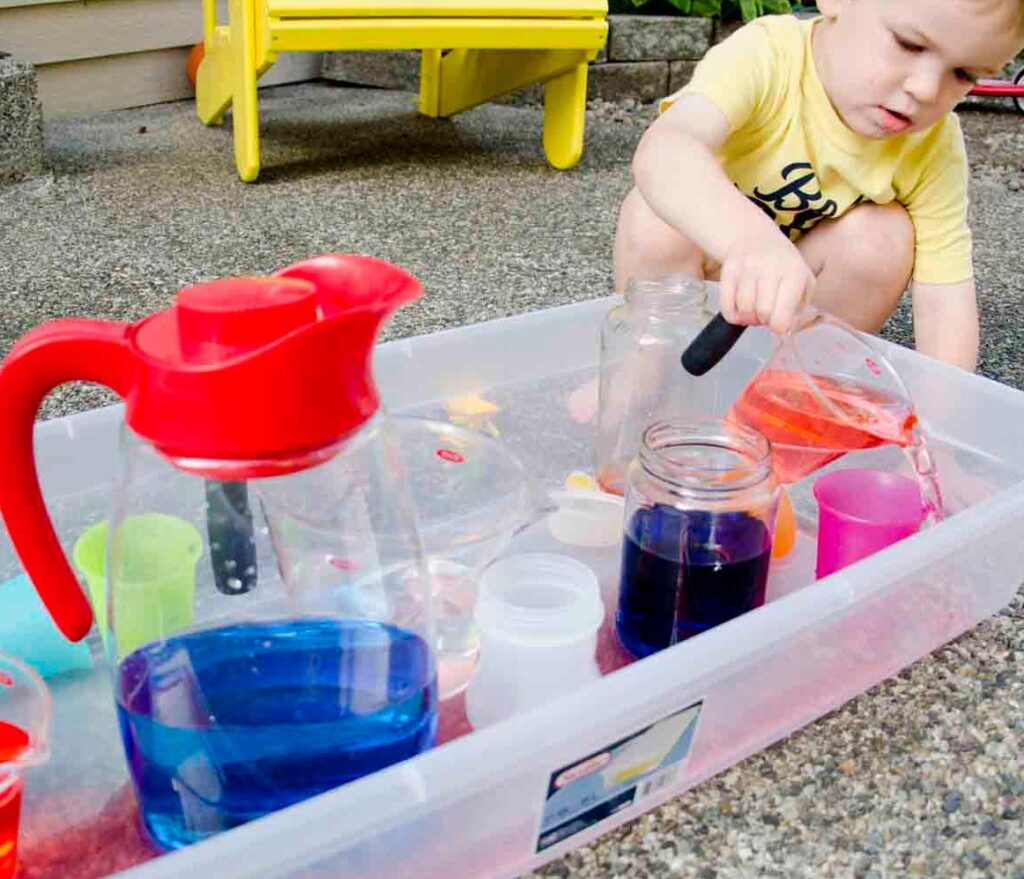
Sensory Walk
Whether indoors or outdoors, a sensory walk involves placing various textured materials in shallow bowls for your child to walk through. Indoors, use materials like rice or sand, and outdoors, explore surfaces such as grass, gravel, or pavement. This activity improves balance and coordination, providing a diverse sensory experience.
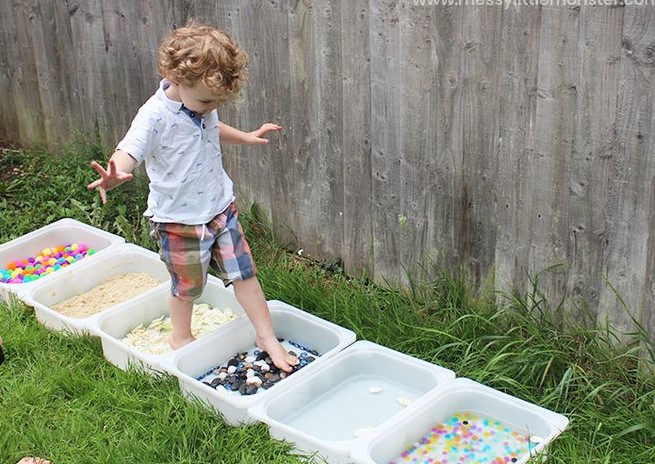
Unlocking joy through creativity, Engaging and Calming Sensory Games for Children with Autism transform home into a haven of personalized play. In the tapestry of DIY activities, we weave threads of understanding, fostering connection and tranquility for every unique soul.
Renee Jain
Plastic Bag Kite
For outdoor enthusiasts, attach yarn to a reusable bag to create a plastic bag kite. This activity encourages constructive movement, promoting the development of gross motor skills. The rustling sound and tactile sensations from the wind hitting the bag add sensory elements.
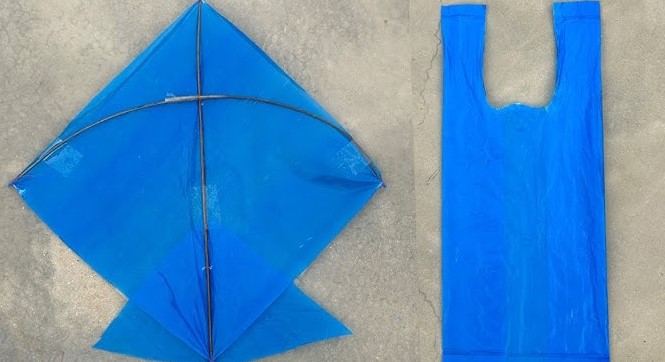
Underwater Scene
Construct an underwater scene using plastic water creatures, a bin, and natural materials collected by your child. Filling the bin with water allows for wave creation and sensory exploration. This simple yet calming activity helps children with autism grasp fundamental science concepts and fosters imagination and pretend play.
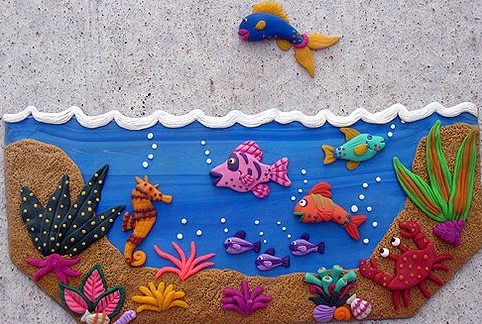
Sorting Bin
Similar to the Sensory Walk, the Sorting Bin activity involves exploring different textures. Fill a bin with items like rice, beans, or rocks, and let your child sort through them using hands, tongs, or a toy shovel. This tactile experience promotes hand-eye coordination, fine motor skills, and muscle coordination.
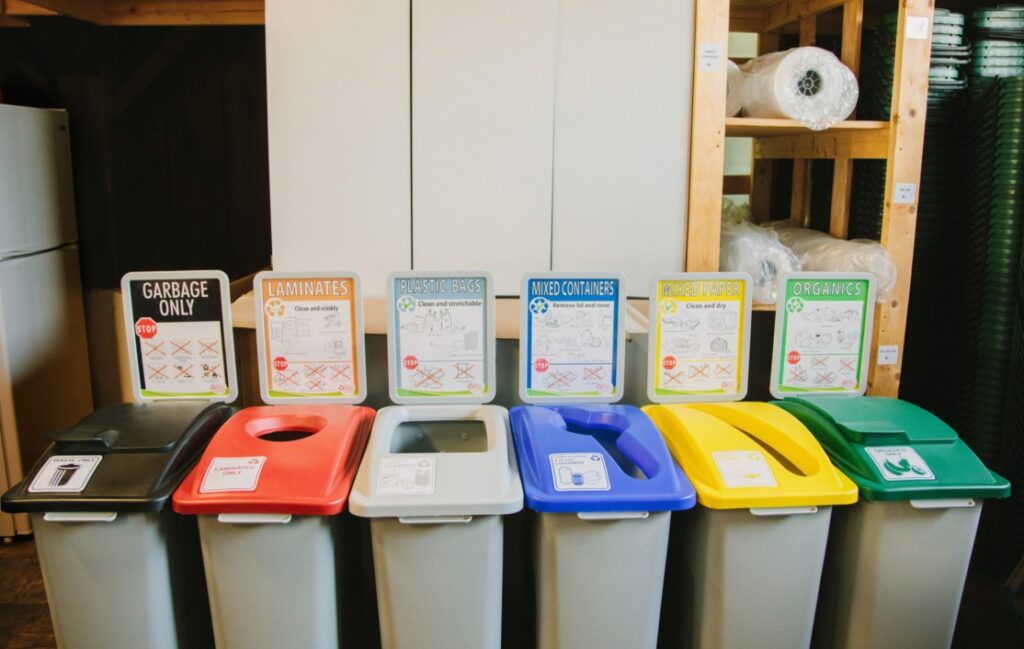
Scented Playdough
Stimulate your child’s sense of smell with scented playdough. Combine basic ingredients with essential oils in scents like almond, cinnamon, or vanilla. Adding food coloring enhances the sensory experience. This activity not only engages the olfactory system but also provides a calm and soothing experience, benefiting children with autism.

Frozen Toys
Freeze your child’s favorite small toys in a bin and provide tools like a toy hammer or spray bottle with warm water to release the toys. This frozen activity aids in motor skill development, introduces the sensation of cold, and offers an opportunity to practice concentration and following instructions.
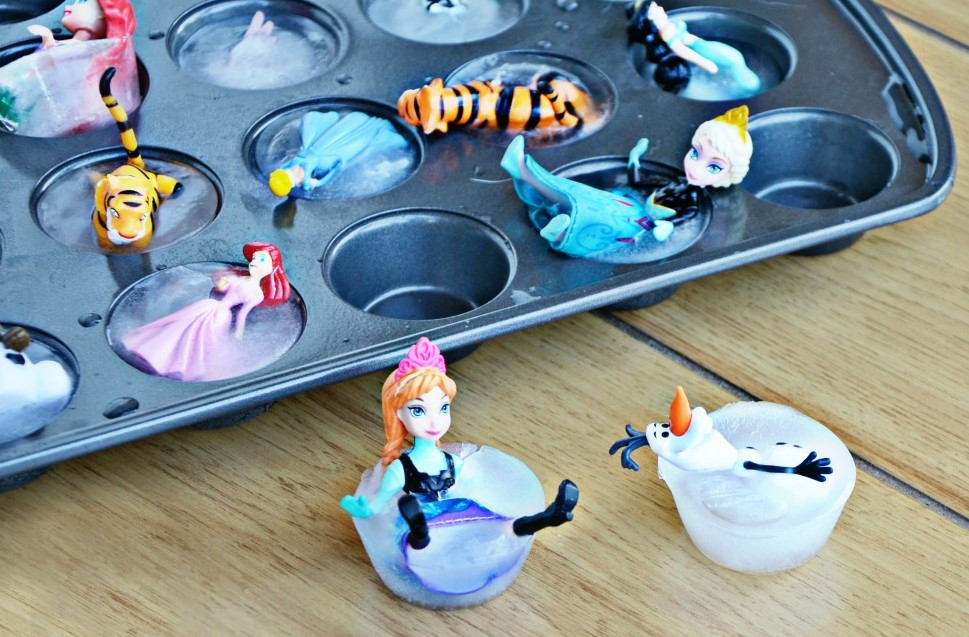
Tips for At-Home Sensory Games for Children with Autism
Participate Together
Engage with your child in these sensory activities, creating memorable experiences that strengthen your bond.
Utilize Plastic Storage Bins
Keep sensory materials organized and easily accessible with plastic storage bins, creating a dedicated sensory station at home.
Start Early for a Relaxed Day
Begin your day with calming activities to set a relaxed tone, benefiting both you and your child with autism.
Respect Preferences
Respect your child’s preferences and comfort levels, exploring alternative sensory activities if needed.
End the Day Calmly
Incorporate a relaxing activity before bedtime to help your child wind down and prepare for a restful night.
Conclusion
Discovering the right sensory games for children with autism involves patience and experimentation. These DIY activities, tailored for at-home use, aim to provide an enjoyable and beneficial experience for children on the autism spectrum. Explore the world of sensory engagement to enhance your child’s well-being and development.
Source
- Jain, R. (2018). “Creating Calm: A Mindful Approach to Anger Management”. Simon & Schuster.
- American Occupational Therapy Association. (2020). “Sensory Integration and Processing”. AOTA Press.
- Grandin, T. (2010). “Different, Not Less: Autism Spectrum Disorders and the Workplace”. Future Horizons.
- Nicolaidis, C. (2012). “Autism, Culture, and the Concept of Neurodiversity”. Disability Studies Quarterly, Vol. 32, No. 4.
- Nicolaidis, C., Raymaker, D., McDonald, K., Dern, S., Ashkenazy, E., Boisclair, W. C., & Baggs, A. (2011). “Collaborating with Autism Community Members to Develop an Online Healthcare Toolkit”. Journal of General Internal Medicine, Vol. 26, No. 8.
